Celtic coins, the relics of ancient European civilizations, are not just numismatic treasures; they are portals to a world shrouded in mystery and rich in history. These coins, minted by various Celtic tribes between the 4th century BC and the 1st century AD, are prized by collectors and historians alike for their artistic beauty, historical significance, and the unique insights they offer into the Celtic way of life. Their value extends beyond their intrinsic worth, encompassing cultural, historical, and artistic significance. Collectors and enthusiasts are drawn to these coins not only for their beauty but also for the stories they tell about the Celtic tribes that once inhabited Europe.
How much is my Celtic coin worth?

The most convenient method of determining the value of your ancient Celtic coins is by having it assessed by a professional coin appraiser. However, it may not be cost-effective especially if you are uncertain of value of the coins. To avoid unnecessary expenditures, it’s best to perform an initial assessment of your Celtic coins to sort the valuable from the not-so valuable.
The first step is to classify your Celtic coins by their intrinsic value. It is as easy as categorizing the coins by the metal that they’re made of. Gold Celtic coins fetch at least USD 200. Coins made of silver and copper are valued much lower.
Now that you have sorted your coins by their intrinsic value, it’s time for the second step, the three-factor test.
A Celtic coin’s value is significantly influenced by three factors: condition, historical significance and demand. The complexity of this subject can be daunting. Fortunately, you already have access to the most important tool – the Internet.
We will utilize the information available in online numismatics communities, online coin stores, ancient coin auction sites and the Celtic coin index.
Condition and Celtic coin value
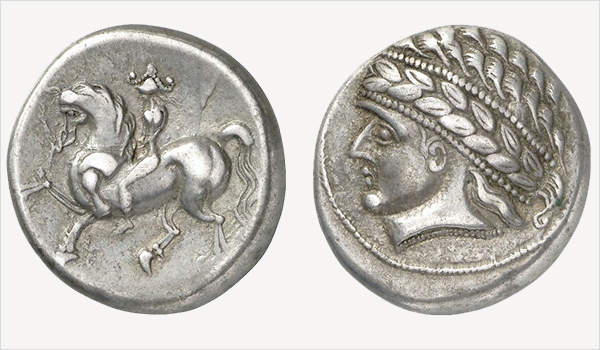
Condition refers to the actual state of the coin. Technically, it is measured by grade, strike, make, depth of the images and final aesthetic appeal.
In reality, expert numismatists and collectors tend to judge Celtic coins by their own merits. And more often than not, it usually boils down to the coin’s final aesthetic appeal. In short, if the coin looks good then its price is good.
Clear figures, minimal wear, unbroken and without scratches are signs of a good Celtic coin. You can also compare your coins with those listed in coin galleries of auction sites and web marketplaces.
One good example to demonstrate how condition affects the price of Celtic coins is the case of two identical West Noricum silver tetradachms. One was sold for USD 1750, the other for USD 1000. The difference in price was caused by the “slight rusting” on the obverse of the cheaper coin.
Historical significance of Celtic coinage
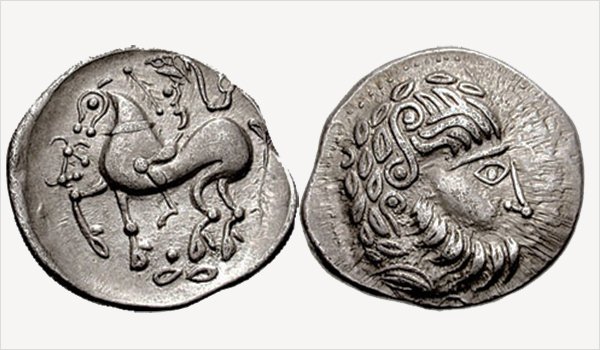
Evaluating historical importance requires both the knowledge of the Celt’s history and the dynamics of their coinage. There are tens of thousands of Celtic coins so this can be tough even for a trained professional.
For this preliminary assessment, we’re going to consult online numismatics communities and the Celtic coin index.
Take pictures of your Celtic coins and post them in online message boards dedicated to ancient coins. Some members of these forums are knowledgeable in Celtic coins and will help you with the identification.
Some patterns in a Celtic coin can be used to identify it, the tribe that minted it and its importance in Celt’s past.
The Oxford Celtic Coin Index (CCI) lists almost 38,000 coins. Use the CCI website’s advanced search function to find coins that exhibit similar features as the one you have. The index provides information such as the name of the ruler who minted it, the tribe, and even its rarity.
A Celtic coin featuring the head of a ruler known only through the coins that he minted are considered priceless by historian and could double its value. Addedomaros, king of the Trinovantes and Antedios, king of the Eceni, are two examples of these tribal chiefs.
Demand for Celtic coins
Like any other product, the worth of Celtic coins is powered by supply and demand. Recently, the demand for Celtic coins has been increasing due to its popularity among numismatists Europe and USA.
Demand is usually associated with the coin’s historical significance. Some Celtic coins, even those considered rare, don’t fetch as much as those sought-after coins. Conversely, not so rare coins could still fetch high prices if the need for them is high.
Now that you have learned of the coins’ condition, identity and history, check their prices in online auction sites, coin dealers and even in eBay. These websites offer information about how marketable your coins are in the present. It is not unusual to encounter Celtic coins that are not listed in these websites. Coins not listed are either rare or very common.
To illustrate how the factors discussed above influence the price of a Celtic coin, let’s take the stater of Vercingetorix, the most expensive Celtic coin to date at USD 70 000, as an example.
The Vercingetorix stater is made of gold. (Intrinsic value) It was struck just before Vercingetorix, first chieftain to unite the Celtic tribes of Gaul, was defeated by Julius Caesar in the Battle of Alesia. (Historical significance) It’s one of the best-looking specimens (Condition) and there are only four such coins outside museums (Demand/Rarity).
After subjecting the coins in the three-factor test, you should now have narrowed down the coins into the following categories – most valuable, valuable and not-so valuable. It is time to decide which coins you want appraised. Contact local coin dealers or professional coin appraisers to set an appointment.
Always remember, the actual value of the coin is the price that someone is willing to pay for it. The appraised value, from a professional appraiser or not, is nothing more than an opinion of the coin’s worth.

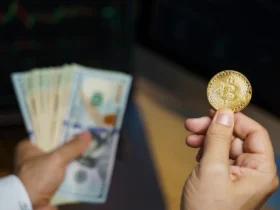


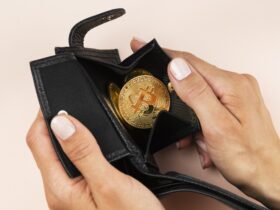
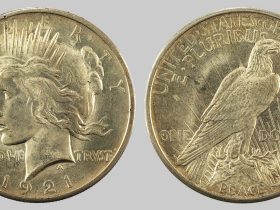
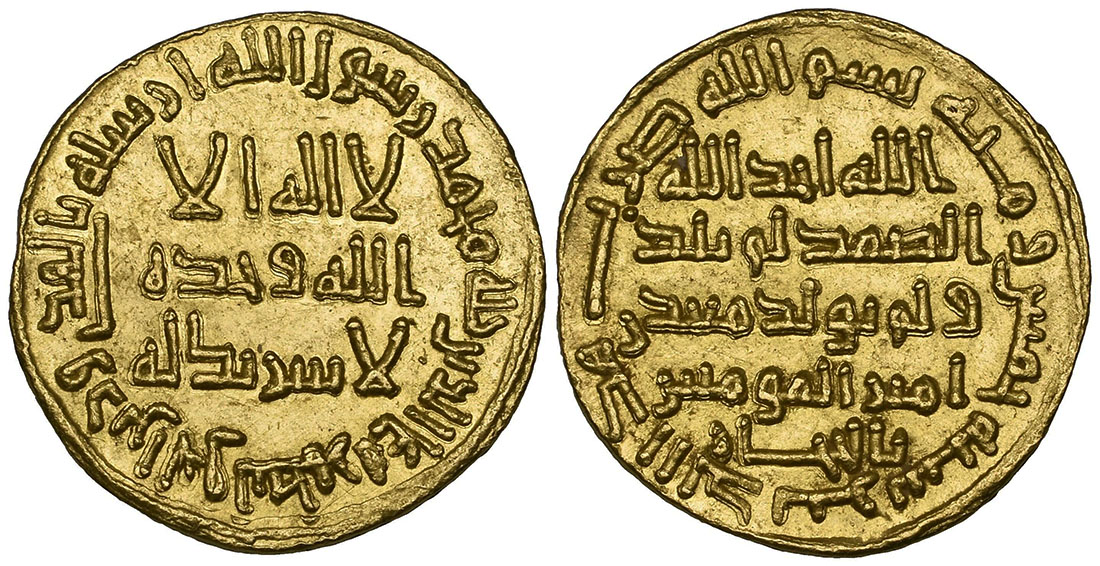

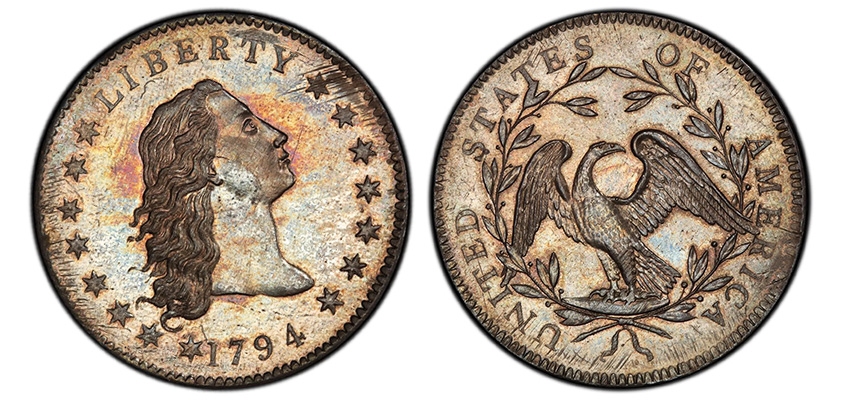

Leave a Reply